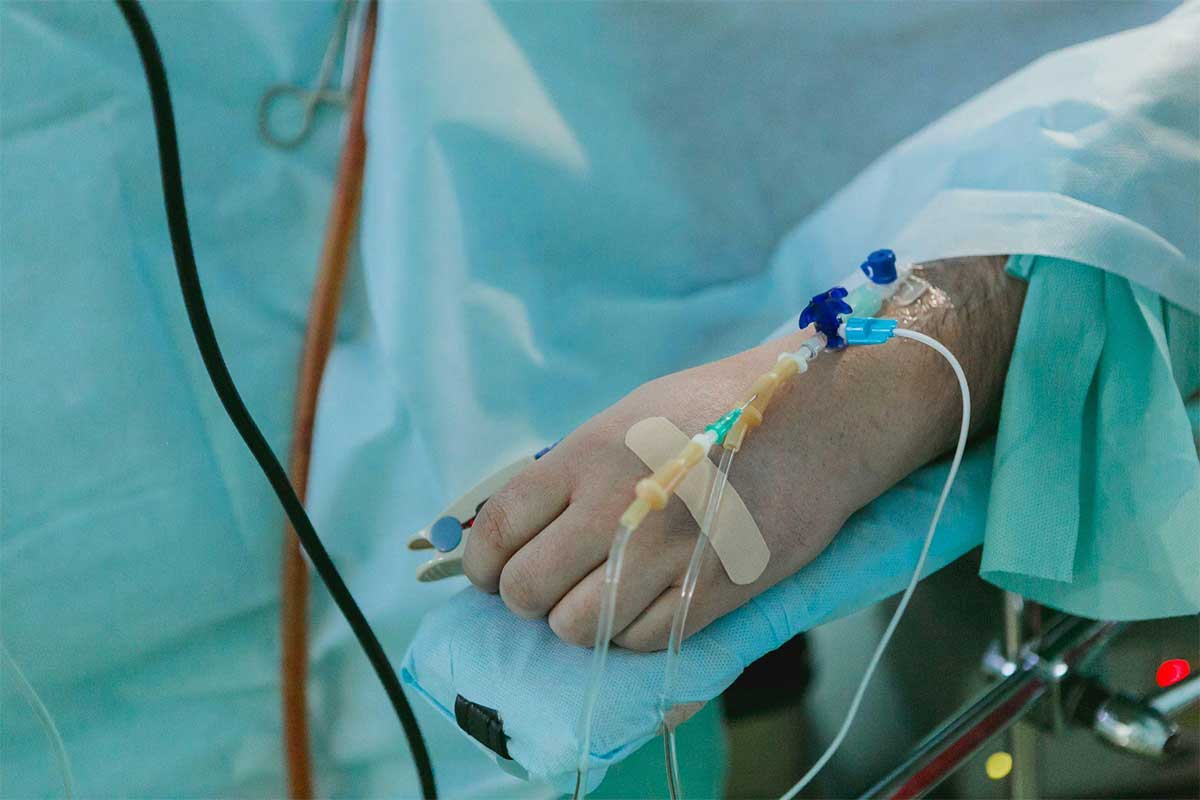What is an adverse event, and when does an adverse event allow a patient to file a medical malpractice claim? According to the U.S. Department of Health and Human Services (HHS), millions of patients in the U.S. experience adverse events every year while seeking care from a medical professional or while in a healthcare setting. There are many different types of adverse events, and their consequences can range widely in terms of severity. As HHS explains, “most harm events resolve quickly,” but “some have long-term and serious implications for patient health.” It is important to know that there are distinctions between what HHS describes as “patient harm” and an “adverse event,” as well as a “temporary harm event.” Our Santa Fe medical malpractice attorneys can discuss these different terms with you, and we can tell you more about your options for seeking compensation.
Defining an Adverse Event
How is an adverse event defined, and what can it entail? According to HHS, an adverse event is “an event in which care resulted in an undesirable clinical outcome — an outcome not caused by underlying disease — that prolonged the patient stay, caused permanent patient harm, required life-saving intervention, or contributed to death.”
To understand this definition fully, it is important to consider how HHS defines patient harm and a temporary harm event. According to HHS, patient harm means “harm to a patient as a result of medical care or in a health care setting, including the failure to provide needed care.” It is important to understand that patient harm is an overarching term, and it includes both adverse events and temporary harm events. What is a temporary harm event? According to HHS, it is “an event in which care resulted in patient harm and required medical intervention but did not prolong the patient stay, cause lasting harm, or require life-sustaining intervention.” In some ways, adverse events and temporary harm events are opposites of one another, but both are forms of patient harm.
Examples of Adverse Events
Adverse events are serious, and they have lasting consequences. Sometimes those lasting consequences still allow a patient to recover fully, while some patients will suffer life-long disabilities as a result of adverse events or may even die as a result of the adverse event. The following are just some examples of adverse events:
- Operating on the wrong body part of a patient;
- Leaving an object like a sponge inside a patient after a surgical procedure;
- Prescribing the wrong medication or a medication that interacts with a patient’s existing medicine, which results in the patient requiring hospitalization or resulting in the patient’s death; or
- Delayed diagnosis of cancer, which results in the patient’s disease metastasizing.
When an adverse event occurs, the injured patient may be able to file a medical malpractice lawsuit. If the adverse event resulted in the patient’s death, it is important to find out more about a wrongful death lawsuit in Santa Fe.
Contact a Medical Malpractice Attorney in Santa Fe
If you have questions about seeking compensation after an adverse event, you should get in touch with one of our experienced Santa Fe medical malpractice lawyers today. Contact Slate Stern Law for more information.
